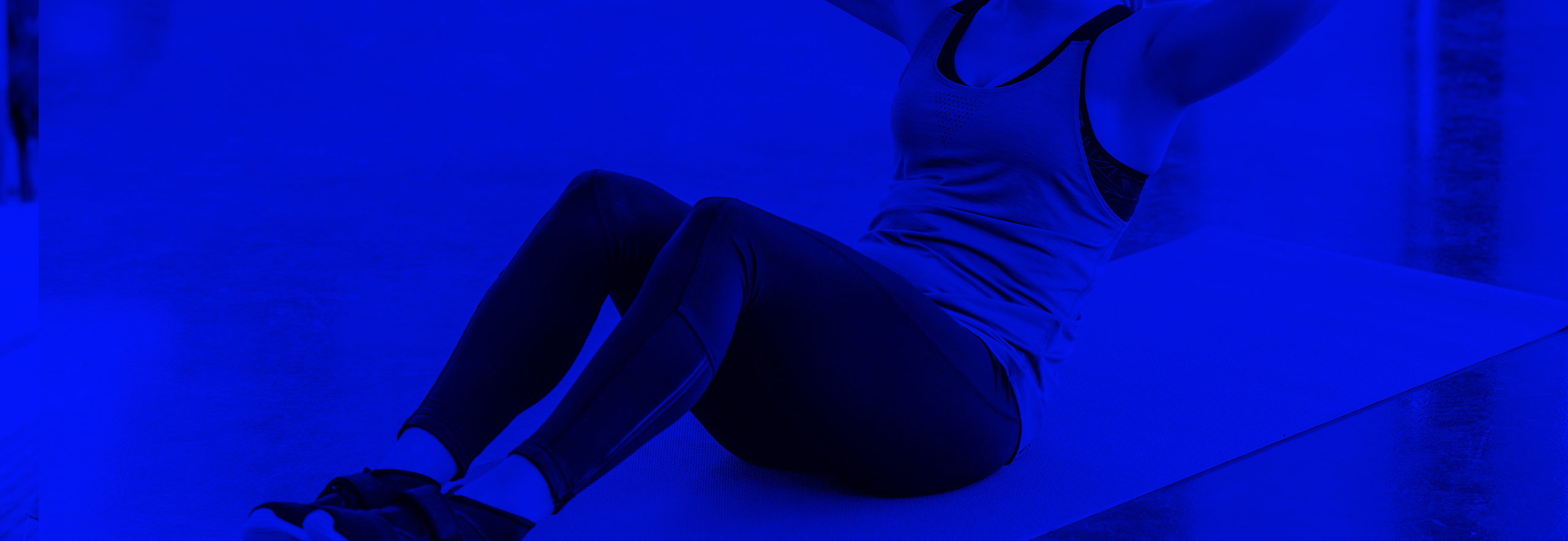What Is Pelvic Girdle Pain (PGP)?
Pelvic Girdle Pain (PGP) is a broad term used to classify pain occurring around the pelvis. This can include pain from the lumbar spine or low back, sacroiliac joints (SI Joints), pubic symphysis, hips and more.
What Causes PGP? What Are Common Symptoms Of PGP?
The causes of PGP can be widespread and vary from person to person. Contributing factors may include muscle strength, muscle length/flexibility and limited or increased joint movement.
PGP is very common in the peri-partum period. It can occur at any time during pregnancy, labour and delivery or even after delivery. Often this pain is a result of an imbalance within the muscles and pelvic alignment. During pregnancy the body is continually changing to accommodate for the growth of your baby or babies. This can create less structural integrity within the pelvis and a lack of ‘form closure’. In addition to this, your posture and how you hold yourself will also change, which can cause altered muscle patterning and activation. As a result, this may result in a person being less able to stabilize through the pelvis and appropriately coordinate the muscles to create ‘force’ closure around the pelvic girdle.
Research shows that some people are at higher risk for developing PGP when pregnant. These common risk factors are history of low back pain, history of pelvic joint pain, past trauma in the pelvic region and poor muscle function in the low back and pelvic region.
Common symptoms of PGP include pain or discomfort with walking, standing or sitting, especially if prolonged, pain with transition movements, such as sit to stand or rolling in bed, pain during intercourse and/or clicking or grinding in the pelvic region. The pain experienced can vary from severely debilitating to a heaviness or ache sensation.
How Can Physiotherapy Help My PGP?
Everyone will experience PGP differently so it is important to be assessed by a Pelvic Health Physiotherapist to determine the specific reason(s) why you may be experiencing this pain. Your therapist can assess everything from your lumbar spine to your pelvic floor muscles and hips.
Once a thorough assessment has been completed, a treatment plan can be developed specifically for you. The goal of the treatment plan will be to educate the client on proper body mechanics and how to align themselves optimally, hands on treatment and an exercise program to be completed at home that will focus on proper body mechanics, posture, muscle strength and coordination.
What Are The Best Exercises To Help With My PGP And What Can I Do To Treat My PGP At Home?
In order to determine the best exercises to suit you and the pain you are experiencing, a thorough assessment is necessary. Once that is completed an individualized plan of care will be laid out, including exercises and activities that you can complete at home to help manage your PGP.
A Dutch Physiotherapist named Cecile Rost has focused much of her career on managing PGP in the pregnant population. She has a series of pelvic symmetry exercises that are very helpful in managing PGP in pregnancy. Her plan focuses on rebalancing the pelvic symmetry, education around how to move with proper body mechanics and addressing faulty postures with improving muscle strength and coordination around the pelvic girdle.
To get you started, check out the following exercise link:
Please keep in mind that these exercises were designed as a place to start to address your symptoms. These exercises should not be performed or continued if they cause or increase your pain in any way. Using these exercises for self-management of your symptoms does not replace the value of being assessed by a Health Professional. If you find you need help, let a Strive Pelvic Health Rehabilitation Physiotherapist help you, book your time today!

Written in 2020 by
Stephanie Gardonio
BPHE, BSc, MScPT
Pelvic Health Rehabilitation
Stephanie has curated a Physiotherapy tool box that allows her multiple points of view to meet her patients’ needs. She has taken courses in the McKenzie Method for assessing and treating spinal conditions. She has completed mat and reformer Rehabilitative Pilates courses through Stott Pilates, training she uses to create customized exercise programs. Understanding the roll of the pelvic floor in the effective treatment of low back pain, sacroiliac joint dysfunction, bowel and bladder dysfunction and during a women’s journey from pre-natal to post-natal, she has completed Pelvic Health Rehabilitation courses. She is qualified to perform internal assessment and treatment of the pelvic floor.


